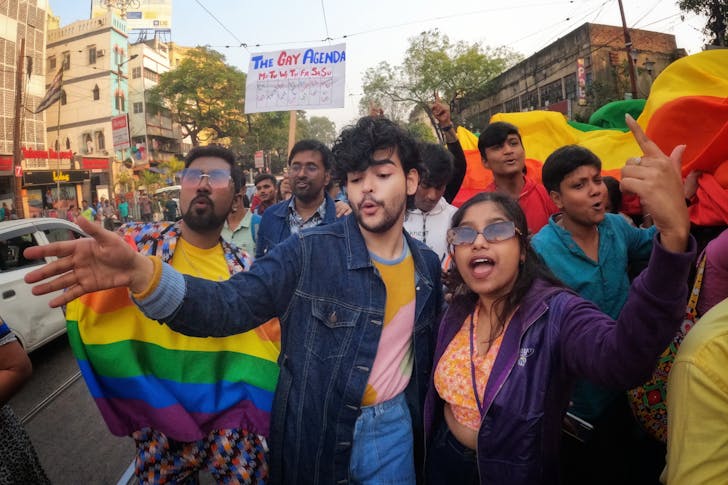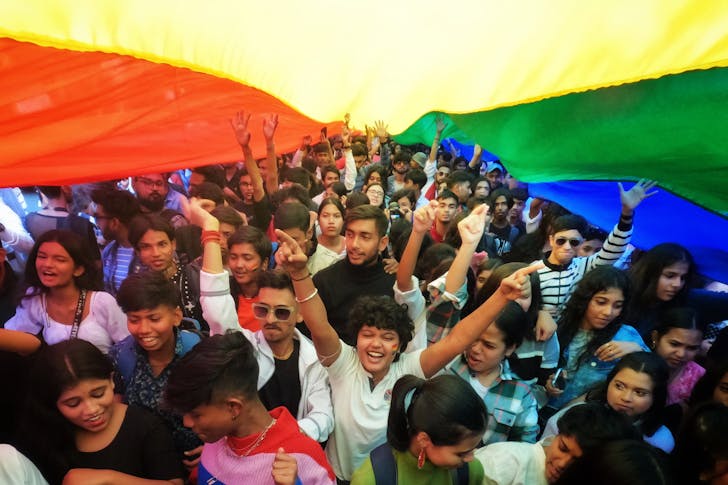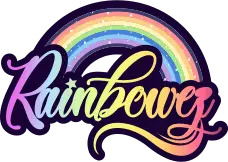Gender equality - a fundamental pillar of human rights and progress - is facing a grim reality check. According to the latest report from the SDG Gender Index by Equal Measures 2030, gender equality has stalled or even regressed in several regions, impacting over a billion women and girls worldwide. The promise of equality for all by 2030 appears increasingly distant. This is very true for those in regions labeled as “very poor” for gender equality.
More than 850 million women and girls today live in countries with shockingly low gender equality ratings. This often means limited access to essential rights, including freedom from forced marriages, bans from secondary education, and the imposition of teenage pregnancies.
These dire findings highlight an urgent call to action, as the world observes a stark divide between countries making strides in equality and those where progress has regressed. Thus, leaving women and girls more vulnerable than ever.
Alarming Statistics on Gender Equality Across the Globe
The SDG Gender Index reveals a sobering landscape for gender equality. Between 2019 and 2022, nearly 40% of countries worldwide saw either stagnation or decline in gender equality. This statistic translates to over a billion women and girls living in areas where their rights and freedoms are either unprotected or actively curtailed. The implications are massive.

Dilbakar / Pexels / In many countries across Sub-Saharan Africa, the Middle East, and parts of Asia, basic rights like access to education, reproductive freedom, and safety from child marriage remain mere aspirations rather than realities.
Switzerland stands alone with a “very good” rating, underscoring a disheartening truth: The world has a long way to go before achieving the gender equality goals set by the UN. For millions of women, the fight for equal treatment continues under increasingly oppressive conditions, pushing global efforts backward instead of forward.
How Gender Equality Stalls Worldwide?
One of the primary reasons gender equality has suffered such a setback is due to systemic inequality deeply rooted in both policy and cultural practices. In countries with the lowest scores, structural limitations prevent women from participating fully in society. Be it in education, the workforce, or positions of leadership.
Many governments prioritize policies that reinforce traditional roles, limiting opportunities for women to break free from cycles of poverty and dependency.
Countries facing economic hardships often find it challenging to focus on gender equality initiatives, instead diverting resources to more immediate concerns. Unfortunately, this compromises women's progress, as they are more likely to suffer disproportionately during economic downturns.

Roy / Pexels / The report shows that a vast majority of women live in “very poor” countries. And Switzerland is the only country with a “very good” standing.
The stalling of progress, then, is both a result of enduring cultural norms and the economic challenges many nations are facing. Thus, leading to a worrying regression in gender equality across the board.
The Reality for Women in “Very Poor” Countries
For the 857 million women and girls living in countries labeled as “very poor” in terms of gender equality, daily life is filled with restrictions and limitations. In these countries, women and girls face increased risks of forced marriages, where families marry off daughters at a young age. More often than not, it is without their consent.
Such practices not only deprive them of agency. Butt they also cut short their educational opportunities, as young brides are rarely able to complete their schooling.
Apart from that, in countries with the worst gender equality ratings, education for girls beyond primary school is often restricted or outright banned. This lack of educational access limits opportunities for economic independence and traps women and girls in cycles of poverty.






